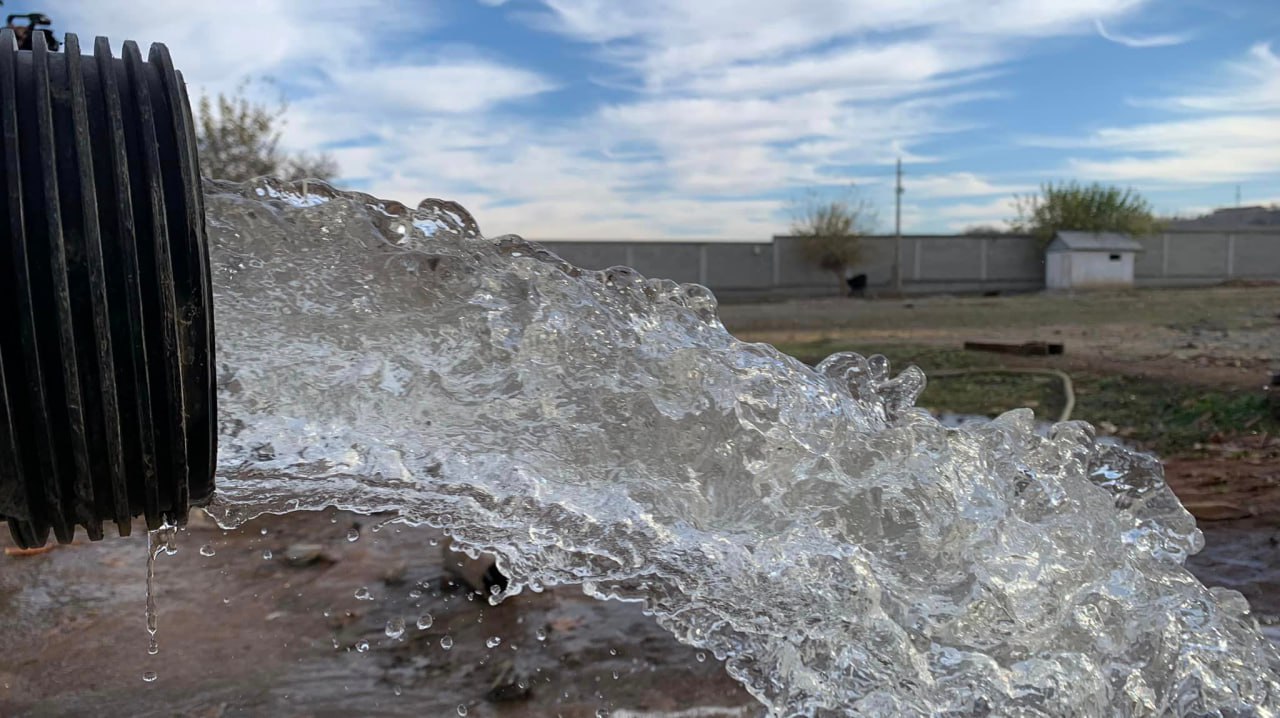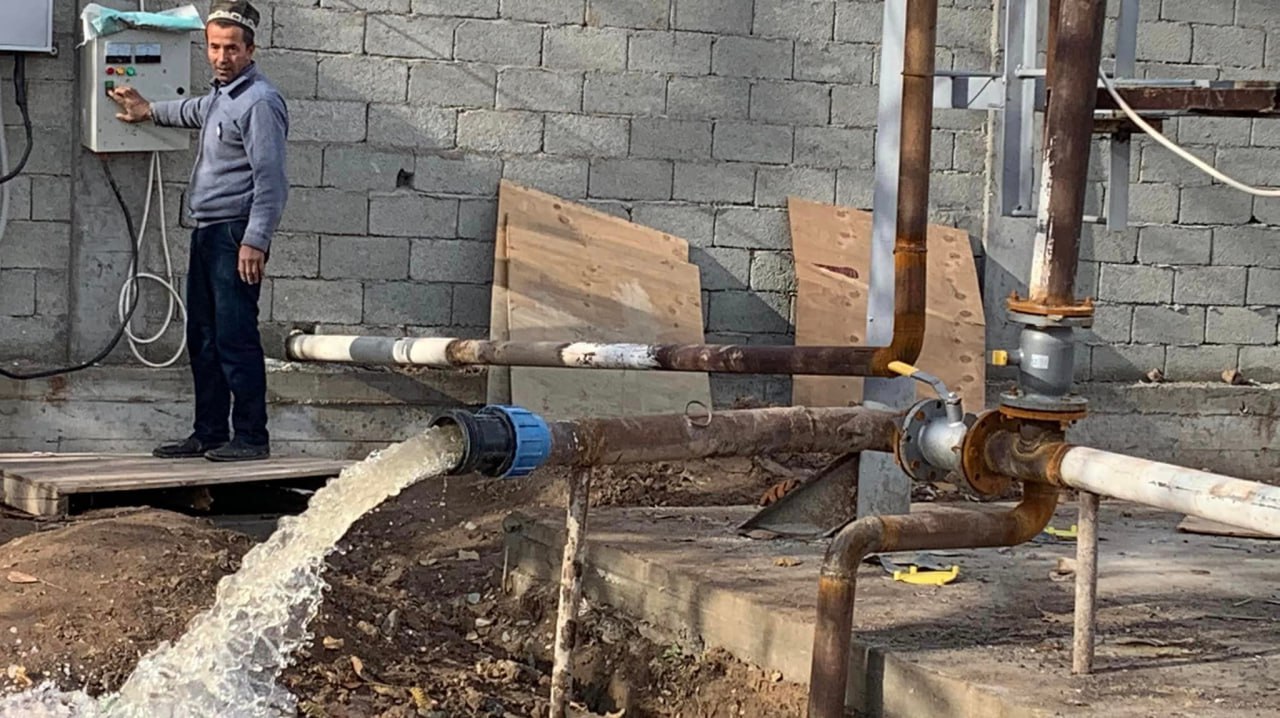It will take 30-40 years and billions of dollars to fully provide the population with clean water.
 Photo: USAID Tajikistan
Photo: USAID TajikistanIn Tajikistan, 66% of the population is currently provided with centralized drinking water. The housing and communal services of the republic promised that by 2032 the entire population of the country will be provided with centralized drinking water.
At a press conference on July 22, Deputy Head of the State Unitary Enterprise “Housing and Communal Services” Rajabali Rasulzoda reported that the “Program for Providing the Population of the Republic of Tajikistan with Drinking Water for the Period up to 2032” is under consideration.
According to him, this program is financed by the World Bank. It was developed by the Austrian company Hydrofil in cooperation with relevant experts in this field.
The program is currently under consideration by a working group to bring it into compliance with the regulatory legal acts of the Republic of Tajikistan and should be approved by the end of this year.
The new program is designed to ensure, among other things, the modernization and development of the municipal engineering infrastructure of cities, towns and villages, their reliable and sustainable operation, the introduction of modern economical equipment and technologies, the transition to the installation of individual metering devices in residential buildings and other facilities.
It was previously reported that it would take 30-40 years to fully provide the republic’s population with clean drinking water. $2 billion is needed for these purposes, about $1.7 billion of which is required for the construction and reconstruction of infrastructure, water supply and sewerage systems.
Why is a new program needed?
The results of the conducted research showed that the complex of structures , main water supply pipelines, pumping stations, energy and power equipment of the industry, commissioned in the 50-60s of the twentieth century, as a result of long-term operation are completely worn out and need reconstruction.
More than 25% of water supply networks are out of order.
One of the main reasons for the deterioration and unsuitability of drinking water supply and wastewater disposal systems is the insufficient amount of funding for the industry, the discrepancy between water supply tariffs and their cost, as well as insufficient allocation of funds from the budget to healthcare, educational, cultural and other institutions to pay for utilities.
As a result, service companies in the industry are in an unstable financial position, which does not allow them to carry out repairs and reconstruction of facilities in accordance with established standards.

In the territory of service of municipal enterprises of the republic, only 34 out of 65 cities and districts have sewerage systems. In the remaining 31, due to the unsuitability of the water treatment facilities, the requirements of water treatment technology are not met.
In rural areas there is practically no centralized sewage system or treatment facilities.
Tariffs below the cost price of water
In 2020, the country’s government approved a new “Procedure for developing tariffs for drinking water supply and sanitation services.”
But new tariffs were adopted only in 2023, and their increase was 20%.
Director of the State Unitary Enterprise “Housing and Communal Services” Davlat Usmonzoda stated that “in conditions when electricity tariffs have been increased several times during this time, prices for housing and communal services are lower than their cost price, only last year we raised tariffs by 20%.”

According to housing and communal services specialists, the following expenses are taken into account when calculating the cost of water supply services: material costs, employee salaries, Social Security Fund – 25%, depreciation of fixed assets, profitability – up to 10%. In addition, this also includes a tax on road users, a tax on the maintenance of urban transport, 8% for the provision of housing and communal services, communications, banking, expenses for the repair of fixed assets, payment for water and electricity, labor protection costs, building maintenance, etc.
As a result, the cost price of water in the republic exceeds 4 somoni per cubic meter.
It should be noted that Dushanbe, Khujand, Faizabad, Rogun and Nurek have their own tariffs, since the communal systems of these cities are not part of the housing and communal services system of the republic.
https://asiaplustj.info/ru/news/tajikistan/society/20240722/zhkh-66-naseleniya-tadzhikistana-imeyut-dostup-k-pitevoi-vode

